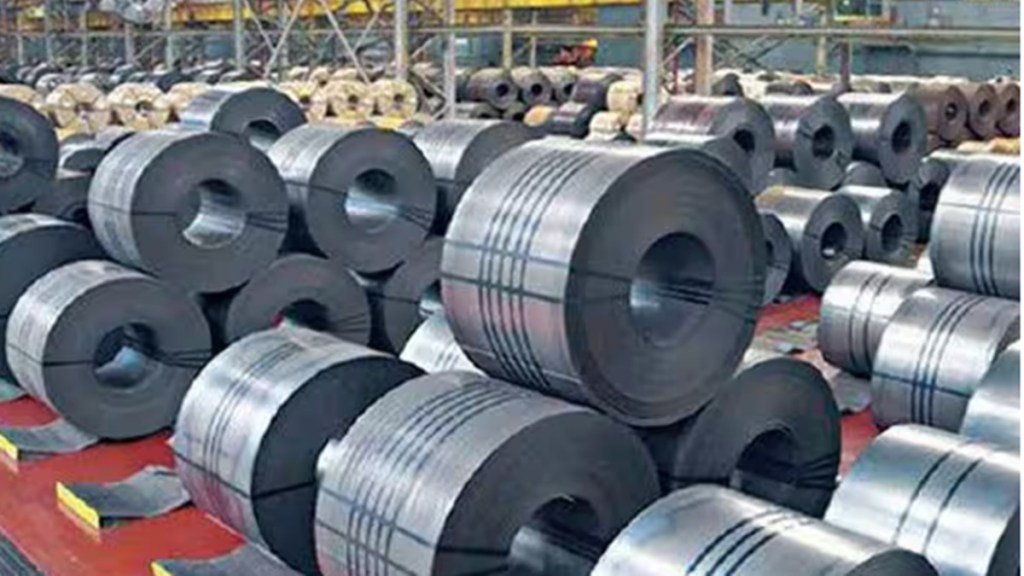Delays in granting open access and the facility of “power banking” to steel producers by several state discoms have impeded the sectors transition to clean energy, despite clear central directives, a steel ministry official said.
“The procedures in many states are time-consuming. If there were ease of doing business extended to this area as well, many more industries would have shown interest (in energy transition) ,” said a senior official on condition of anonymity.
Power minister RK Singh has asked industry captains to shift to renewable energy. While many process industries like steel, which operate 24×7, have started pilot projects like using green hydrogen, there’s a long journey ahead.
State discoms do not want to lose their big clients by allowing them open access, and there is a limit to which discoms can provide banking facility due to lack of storage and as peak industry requirements generally coincide.
Steel industry accounts for 8% of the total carbon dioxide emission globally and in India it is slightly higher due to the blast furnace method of steel making, which accounts for more than 95% of the steel produced in India.
“India’s total production capacity is around 150 million tonne and about 50 MT of blast furnace is in the pipeline,” said Santosh Kamath, MD and head of clean energy and energy transition practices, Alvarez & Marsal, a leading global consulting firm.
For every tonne of steel produced, there is two tonne of carbon dioxide emission. While aluminum production generates 19 tonne of CO2 emission per tonne of the metal, the size of steel industry makes it the biggest polluting industry.
Another catch in the shift to renewable energy is the cross subsidy surcharge, which makes open access unviable. The surcharge is not levied on consumers that have at least 26% stake (captive) in the generating asset.
With landed cost of renewable energy around Rs 4.50-Rs 5 per unit, there’s an advantage of Rs 2 when compared to discom power at about Rs 7-8 per unit. However, with the cross subsidy surcharge of Rs 1.50 and additional surcharge of Rs 1-Rs 1.50, the advantage is lost.
Of the total annual power consumption of 1,500 billion unit (BU) in India, industry accounts for 30% (or 450 BU) and commercial offices account for 10% (or 150 BU). Industry uses 6% renewable energy of its total power requirement.
“This share is going up through captive structuring model, corporate power purchase agreements (PPAs). Large process industries are beginning to look at this option. A lot of them have signed up contracts in the last 2-3 years,” Kamath said.
However, there are challenges in terms of technical feasibility and cost. Theoretically it can go up to 75%-80% through round the clock (RTC) with some storage either in form of pumped storage hydropower or the more expensive battery.
Several industries such as steel, cement, aluminum, textiles and chemicals have begun switching to renewable energy. Tata Steel and Vedanta’s Sesa Goa iron ore business plan to use hydrogen instead of coke in the steel making process.
State-owned engineering consultancy firm Mecon, which provides consultancy to all public steel companies, is in discussion with the Steel Authority of India Ltd (SAIL) for helping them switch to renewable energy.
“We are already in talks with many agencies who can help us in moving ahead in this direction. We have already formed a committee which is looking after green hydrogen also,” Mecon chief general manager (marketing) Sundeep Sinha said recently.

